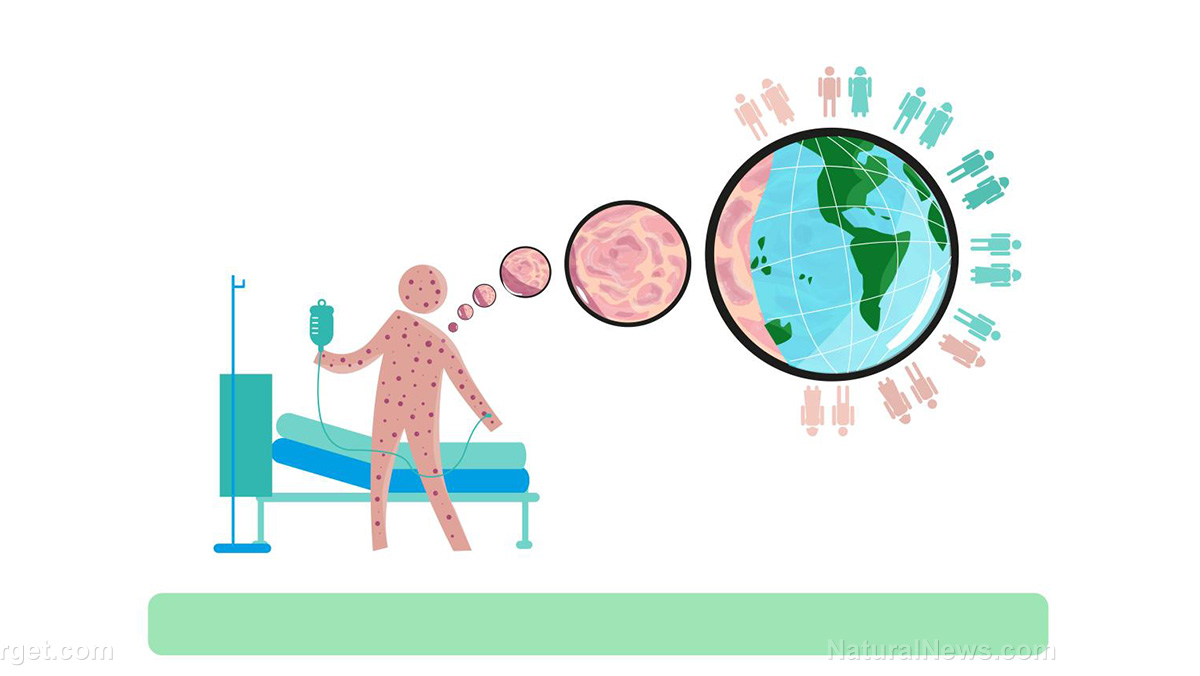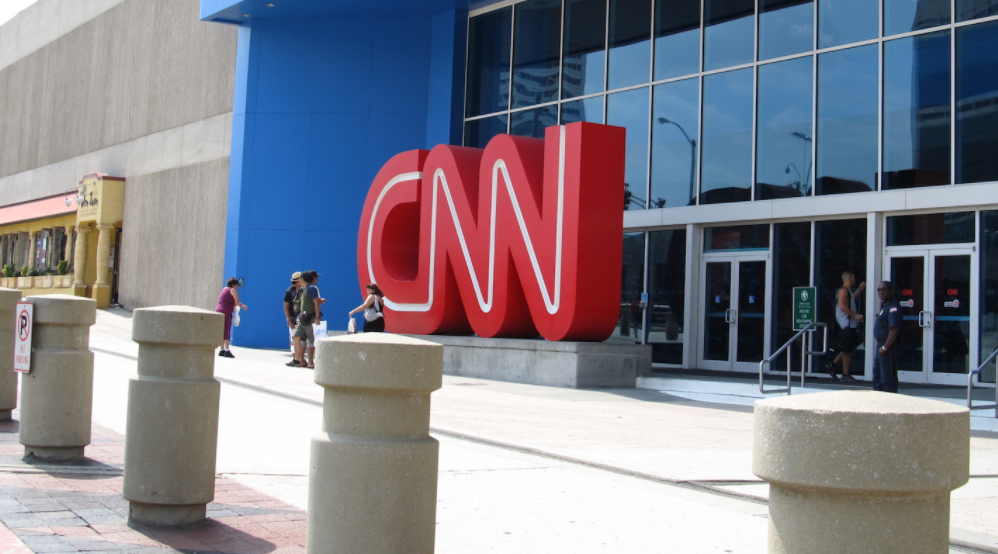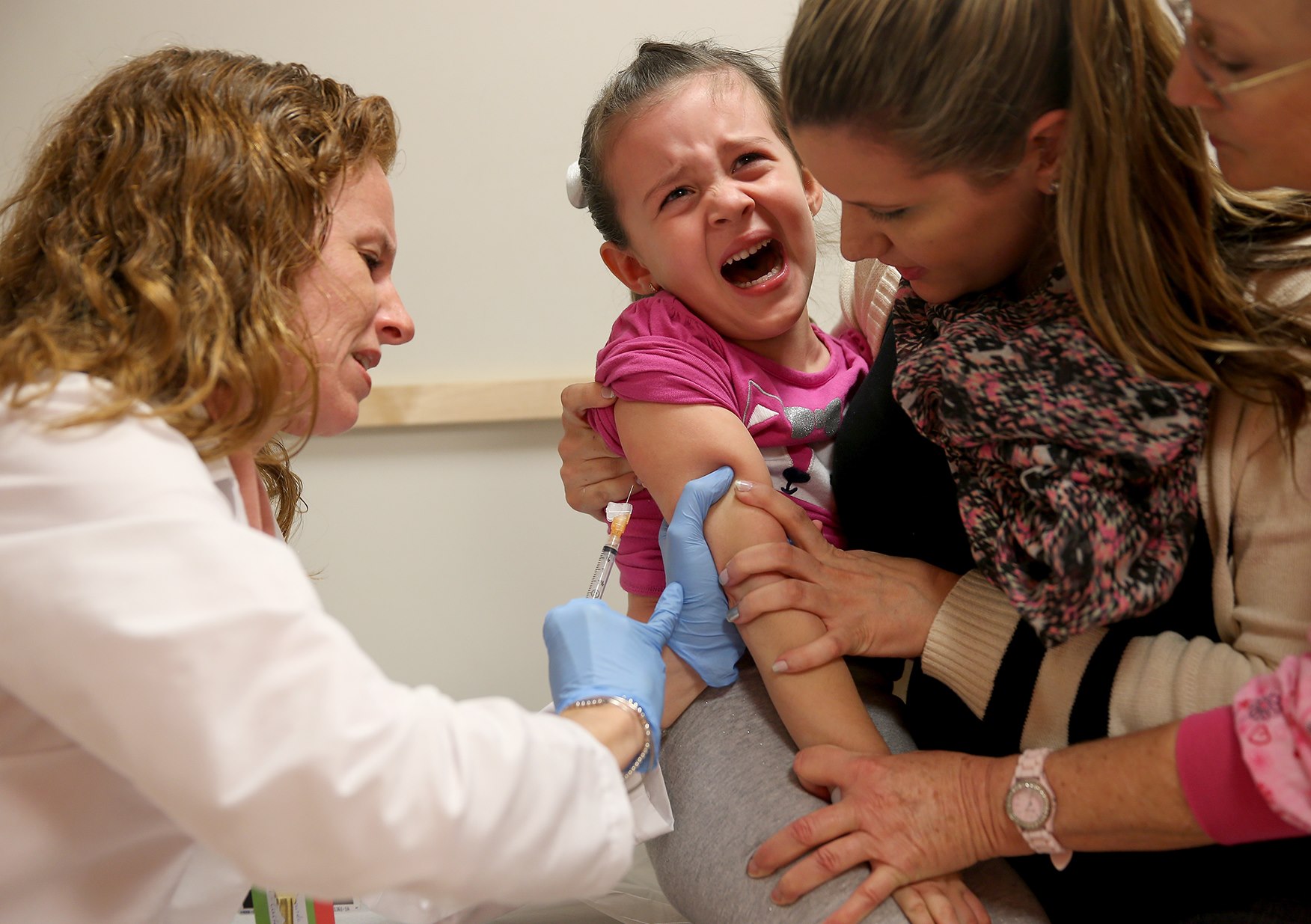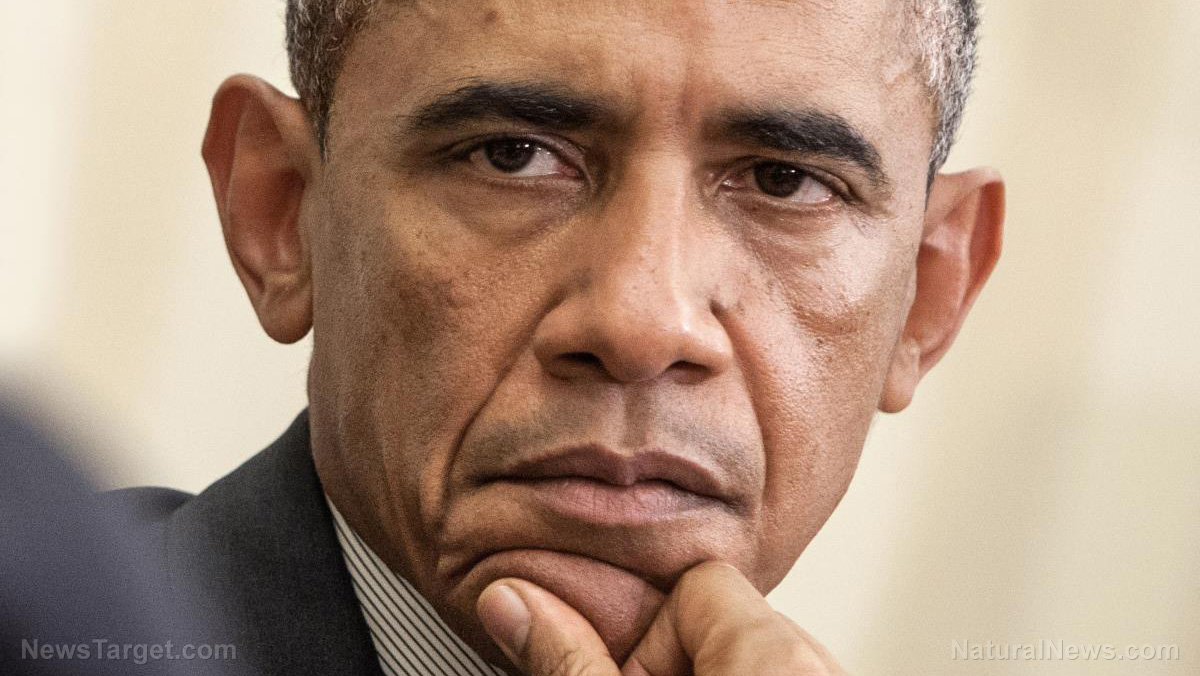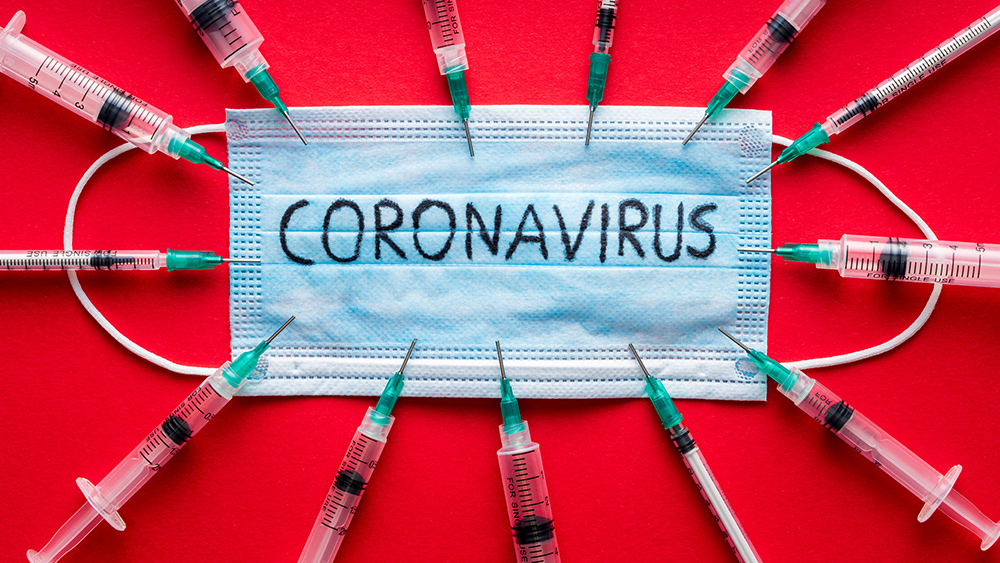Controlling the narrative is not the same as controlling the virus
02/10/2020 / By News Editors

Are these claims even remotely plausible for a highly contagious virus that spreads easily between humans while carriers show no symptoms?
(Article by Charles Hugh Smith republished from CharlesHughSmith.Blogspot.com)
It’s clear that the narrative about the coronavirus is being carefully managed globally to minimize the impact on global sentiment and markets. Authorities are well aware of the global economy’s extreme fragility, and so Job One for authorities everywhere is to scrub the news flow of anything that doesn’t support the implicit official narrative:
1. The coronavirus is only an issue in China; it’s contained outside China.
2. The coronavirus will soon be contained in China, and global business will quickly return to normal.
In pushing this narrative, authorities around the world share the same goal: limit the damage to consumer confidence and markets, as the legitimacy of every regime from Beijing to Washington D.C. to Nairobi is based on maintaining these economic fictions:
1. Global growth will continue in an unbroken trend in the decades ahead.
2. This growth benefits everyone, not just elites.
As I’ve noted in previous posts, the critical dynamic here is consumer confidence: consumers cannot be allowed to become hesitant or afraid lest they stop borrowing, borrowing, borrowing, buying, buying, buying and speculating, speculating, speculating.
Authorities outside China have no more interest in accurate death totals being released than Chinese authorities, and so official agencies and the corporate media dutifully parrot the implausibly low Chinese statistics as if they reflected reality.
But controlling the narrative is not the same as controlling the virus. The narrative is intangible but the virus is real-world. Authorities are betting that controlling the narrative about the virus is equivalent to controlling the actual virus. If everyone believes only 800 people have died and the number of infected people is plummeting, they will obediently keep borrowing and buying and authorities will retain their legitimacy, power and wealth.
If controlling the narrative fails, elites’ legitimacy, power and wealth are at risk.
Thought experiment: cremating human corpses generates a chemical plume with a signature that’s measurable from low-orbit sensors. Rather than accept implausibly low Chinese claims about total deaths, why not use low-orbit assets to measure the chemical signatures of plumes above Wuhan and calculate an estimate of the total number of corpses being cremated daily?
Again, no one in authority anywhere on the planet wants the real death totals to become public: managed ignorance is bliss.
One of the key tactics in controlling the narrative is to withhold data. But– no data doesn’t mean no virus. Let’s think through the implicit narratives as a series of claims and test the plausibility of each claim.
Narrative #1: the coronavirus has been contained in North America. Let’s break this down into specific claims:
Only 19 people in all of North America have the virus, and authorities found every one of them before they infected a single other person.
Is this even remotely plausible? Tens of thousands of people traveled from China to North America in January, including numerous direct flights from Wuhan, Ground Zero of the pandemic, before authorities limited flights; yet miraculously, only 19 of these thousands of people had contracted the pathogen and even more miraculously, not a single one of these asymptomatic carriers unknowingly infected a single passerby before being quarantined.
Since U.S. citizens and green-card holders and their families are still allowed to fly from China to the U.S. and travel freely once they pass a simple temperature test for fever, the narrative also claims not a single one of these hundreds of people are asymptomatic carriers, and if any are carriers, they won’t infect a single other person while they travel freely around North America.
Are these claims even remotely plausible for a highly contagious virus that spreads easily between humans while carriers show no symptoms?
Let’s imagine a slightly more realistic scenario: a Chinese national who unknowingly carries the virus infects dozens of passersby in taxis, Uber vehicles, subway cars, restaurants, hotels, etc. before coming down with symptoms of the flu. Since the visitor is concerned about what authorities might do to him and his family if it were discovered he has the coronavirus, he monitors his symptoms and concludes that since they’re the same as a run-of-the-mill flu, he must not have the coronavirus. He recovers in 10 days, unaware that he had the coronavirus and unknowingly infected dozens of others.
Since roughly 80% of those who contract the coronavirus experience “mild symptoms” much like conventional flu, this is a reasonable assumption.
No data doesn’t mean no virus: this individual had the coronavirus and spread it to dozens of other people while asymptomatic, and authorities don’t know because he never went to a doctor or hospital and thus was never tested or quarantined.
Narrative #2: the coronavirus will soon be contained in China.
Millions of people left Wuhan prior to the lockdown, and since the lockdown was pre-announced, tens of thousands hurried out before the lockdown took effect. Meanwhile, the lockdown did not include flights leaving Wuhan’s airport, so hundreds of flights left for destinations in China and elsewhere in the days between the lockdown announcement and the time when flight restrictions took effect.
Some consequential percentage of these millions were asymptomatic carriers of coronavirus, and since these millions of people dispersed throughout China, they undoubtedly infected passersby who never went to Wuhan.
Tracking down everyone from Wuhan will not identify everyone unknowingly infected by a traveler from Wuhan.
Screening for fever with thermometers will not identify asymptomatic carriers of coronavirus, so screening is not going to stop the spread of the virus.
Since there appears to be a severe shortage of test kits, the likelihood that every clinic and hospital in rural China has ample test kits to confirm a diagnosis (up to three tests per patient, as follow-up test results can be positive or negative) is near-zero. Thus the likelihood that the healthcare system has an accurate count of carriers with symptoms in rural China is near-zero.
And since asymptomatic carriers have no reason to be tested, and authorities have no reason to test them, the chances that authorities can magically identify every asymptomatic carrier is also near-zero.
No data doesn’t mean no virus: is the claim that the coronavirus will soon be controlled in China even remotely plausible for a highly contagious virus that spreads easily between humans while carriers show no symptoms?
Controlling the narrative doesn’t mean you’re controlling the virus. The gulf between happy-story narratives and the real world is widening to the breaking point.
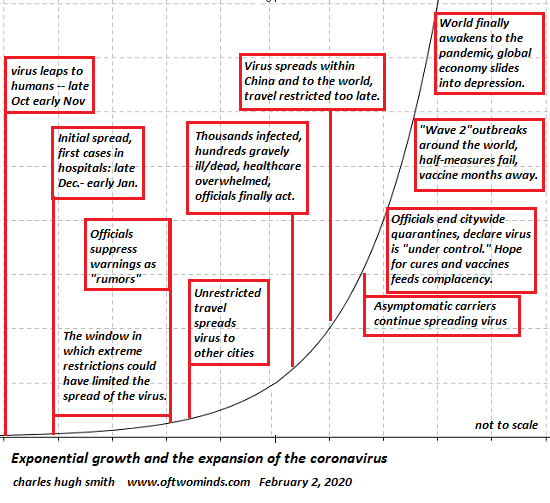
Read more at: CharlesHughSmith.Blogspot.com
Tagged Under: China, coronavirus, Fact Check, infected, Journalism, lies, lockdown, outbreak, pandemic, propaganda, symptoms, truth, virus, Wuhan
RECENT NEWS & ARTICLES
COPYRIGHT © 2017 LIES NEWS







